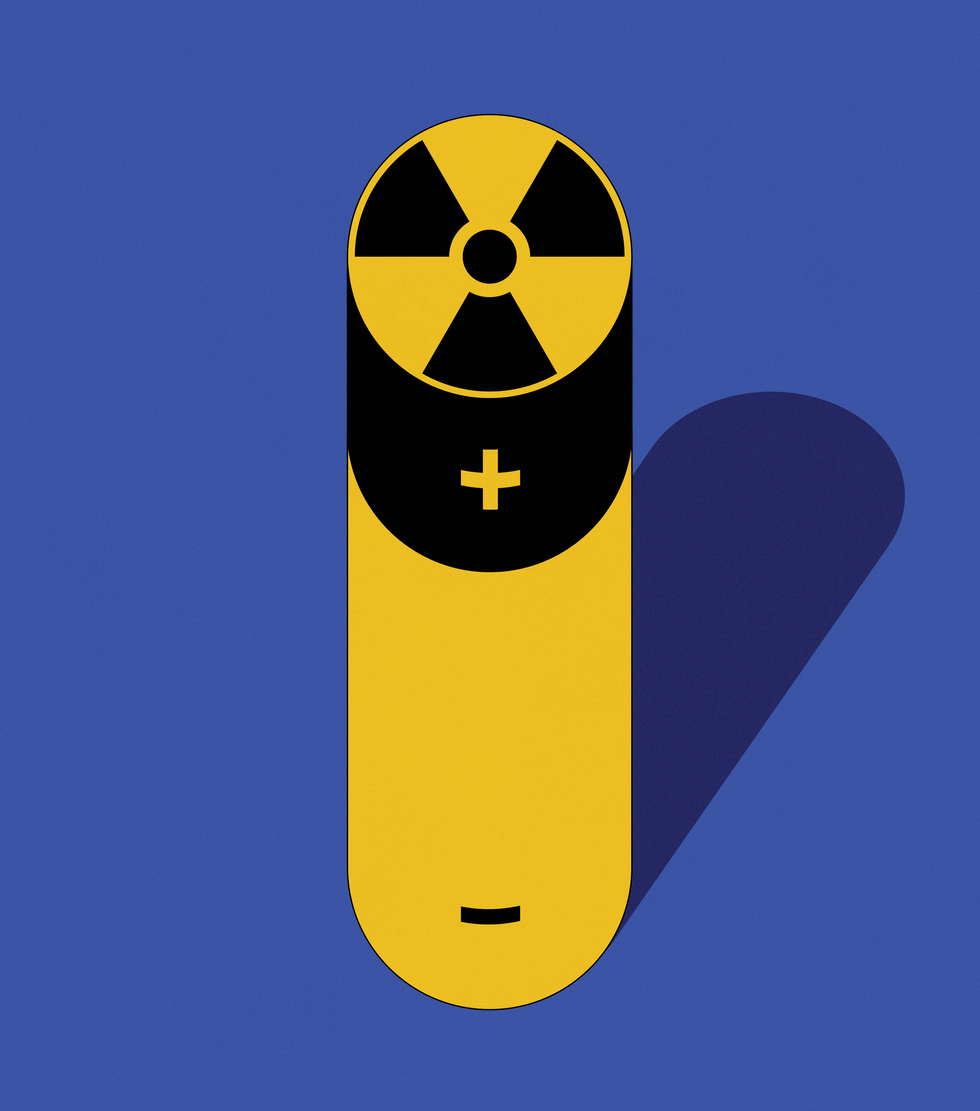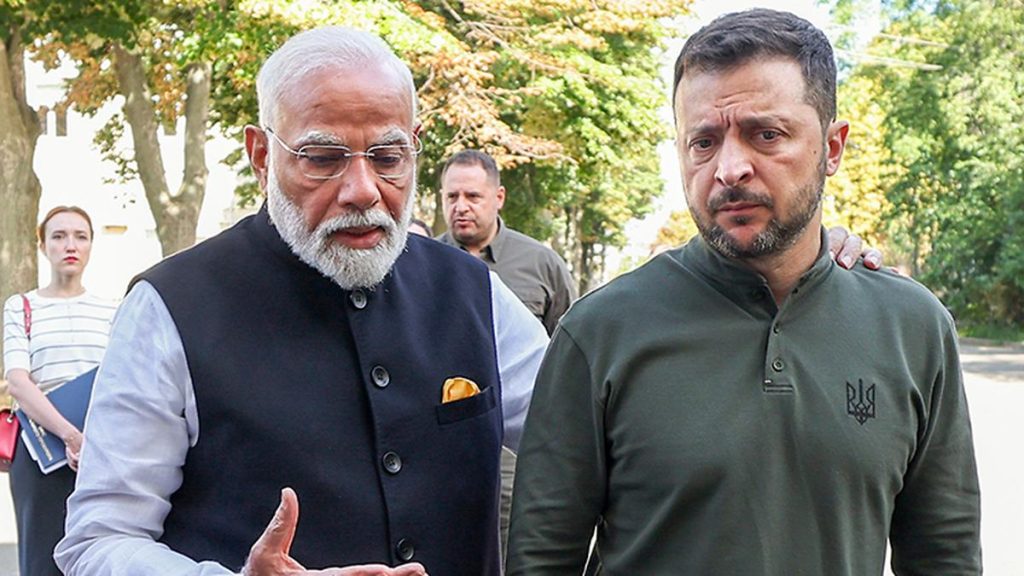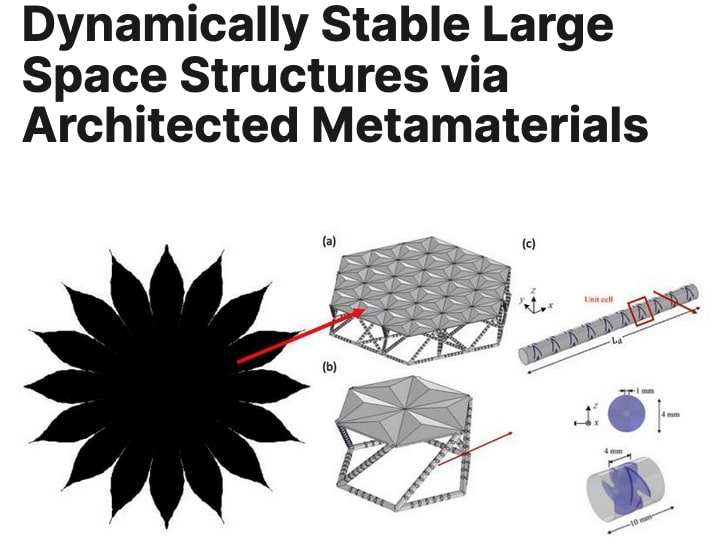Now Reading: Reviving Nuclear Batteries: A Surprising Comeback
-
01
Reviving Nuclear Batteries: A Surprising Comeback
Reviving Nuclear Batteries: A Surprising Comeback

Fast Summary
- Past Background: Nuclear-powered pacemakers, developed in the 1970s adn implanted primarily in France and the US, used radioactive isotopes for their long-lasting batteries. By 1988, concerns over tracking these devices led to a halt in usage.
- Technology Revival: Research on nuclear batteries saw renewed interest after 2000. Modern designs emphasize safety and focus on various applications like robots, drones, sensors, solar farms, spacecraft missions, biomedical implants, and military equipment.
- Scientific Advancements: Current approaches utilize safer isotopes like nickel-63 or tritium with new conversion techniques such as betavoltaic or electrochemical methods to improve efficiency over traditional thermoelectric processes. Some designs propose energy densities surpassing chemical batteries at substantially lower weights.
- Challenges: Issues include cost of radioisotopes (e.g., $30k per gram of tritium), limited supply (e.g., plutonium shortages affecting NASA schedules), disposal complexities due to radioactive material tracking requirements, and finding viable commercial use cases beyond niche markets like deep-space exploration or remote-location power systems.
- Developments by Entities: companies worldwide-like Infinity Power (efficiency reportedly >60%)-channel innovation toward scalable solutions for various fields but face hurdles related to licensing and fuel economics.
For images from the article:
Indian Opinion Analysis
the revival of nuclear battery technology comes at a critical juncture when sustainable power sources are sought globally for emerging technologies like robotics or space exploration-a field where India has notable strategic interests through ISRO’s advancements in interplanetary missions like Chandrayaan and Mangalyaan.
While India’s burgeoning space program could benefit immensely from compact energy-efficient solutions such as nuclear batteries for deep-space probes (where solar power wanes beyond Mars orbit), adoption will necessitate overcoming barriers such as cost-intensive isotope production/handling infrastructure-which is currently limited domestically.
Moreover,regulatory measures ensuring safe disposal are notably relevant given prior global misuse cases involving radioactive crematorium waste-a cautionary tale worth addressing early if India ventures further into isotope-dependent device manufacturing.
India may also explore cross-sector opportunities from this technology’s use in defence logistics within challenging terrains or uncrewed remote monitoring systems-all aligned with its push toward higher technological self-reliance under initiatives like “Make In India.” However logically reasoned policy frameworks balancing benefits against risks will be crucial before adopting widespread consumer-facing applications due to public-safety concerns regarding radiation exposure.

























